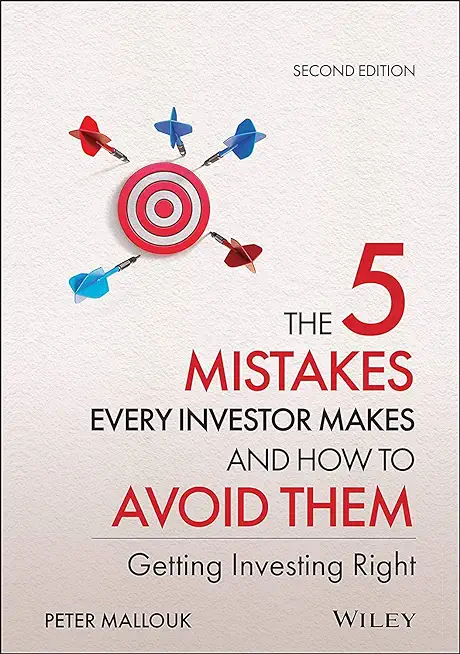
Richards, Keith G.
Applicable to investors in all markets
Today's sideways stock markets — markets that have hit both a floor and a ceiling — are likely to be with us until the middle of this decade or later. But you don't have to feel disoriented, according to Keith G. Richards. In his new book on investing, he shows you how to think and act like a technical analyst by understanding the basics of market realities — from phases to trends to formations and cycles. Sideways will help you profit from a financial reality that others are unsuccessfully fighting or fleeing.
“Sideways makes sense of market gyrations for investors, and is a battle-tested hypothesis to boot. Keith has developed and adhered to this process in concert with a market very unlike what occurred from 1982 to 1999. Readers will do well to learn from the lessons provided in this illuminating book. I certainly have.”
—JAIME PURVIS, EVP, National Accounts, Horizons Exchange Traded Funds.
“It's not easy to profit during the sideways periods experienced by North American equity markets during the past 11 years, but Keith Richards points the way, with his firm grasp of technical analysis and his equally firm understanding of the four phases of the stock market cycle.”
—DON VIALOUX, author of daily blog www.timingthemarket.ca.
“Make way for the latest from Keith Richards, the rock star of technical analysis: a carefully constructed, empowering how-to guide for the retail investor. Buy this book and memorize it — you'll be richer for it.”
— HILARY DOYLE, Writer/Co-Creator, BNN and CTV's Stock & Awe.
Keith G. Richards owns and operates Value Trend Wealth Management (under the aegis of Worldsource Securities Inc.), where he is a discretionary Portfolio Manager for high-net-worth clients. Keith is certified as a Chartered Market Technician (CMT), the benchmark designation for Technical Analysts. He is also an accredited Certified Investment Manager (CIM). Keith, who has been in the securities industry since 1990, appears often on TV and in print, including in Globe and Mail, Financial Post, and The MoneyLetter.







